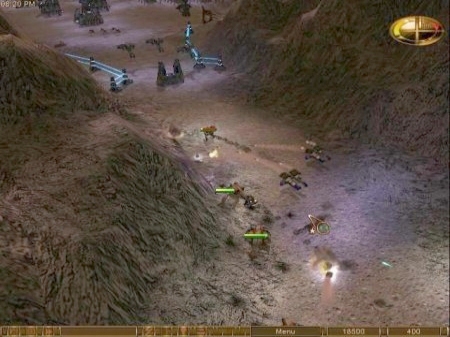

While developing the N1, since 1963, Korolev began to plan a Moon landing mission using two launches and docking. The components would then be delivered by the proven middle-sized R-7 rocket. In its preliminary Moon plans, Korolev's design bureau initially promoted the Soyuz A-B-C circumlunar complex (A-B-V in Russian) concept under which a two-crew spacecraft would rendezvous with other components in Earth orbit to assemble a lunar flyby excursion vehicle. The drawing shows Soyuz 7K (right), Soyuz-B/Soyuz 9K booster, and Soyuz-V/Soyuz 11K tanker with twin whip antennas (left) Details of both Soviet programs were kept secret until 1990 when the government allowed them to be published under the policy of glasnost. The Proton-based Zond program was canceled in 1970, and the N1-元 program was de facto terminated in 1974 and officially canceled in 1976. Following the dual American successes of the first crewed lunar orbit on 24-25 December 1968 ( Apollo 8) and the first Moon landing on J( Apollo 11), and a series of catastrophic N1 failures, both Soviet programs were eventually brought to an end. The Soviet government publicly denied participating in such a competition, but secretly pursued two programs in the 1960s: crewed lunar flyby missions using Soyuz 7K-L1 (Zond) spacecraft launched with the Proton-K rocket, and a crewed lunar landing using Soyuz 7K-LOK and LK spacecraft launched with the N1 rocket. The Soviet crewed lunar programs were a series of programs pursued by the Soviet Union to land humans on the Moon, in competition with the United States Apollo program to achieve the same goal set publicly by President John F. For more guidance, see Wikipedia:Translation.You should also add the template to the talk page.A model attribution edit summary Content in this edit is translated from the existing French Wikipedia article at ] see its history for attribution. You must provide copyright attribution in the edit summary accompanying your translation by providing an interlanguage link to the source of your translation.If possible, verify the text with references provided in the foreign-language article. Do not translate text that appears unreliable or low-quality.

Consider adding a topic to this template: there are already 4,366 articles in the main category, and specifying |topic= will aid in categorization.Machine translation like DeepL or Google Translate is a useful starting point for translations, but translators must revise errors as necessary and confirm that the translation is accurate, rather than simply copy-pasting machine-translated text into the English Wikipedia.View a machine-translated version of the French article.


 0 kommentar(er)
0 kommentar(er)
